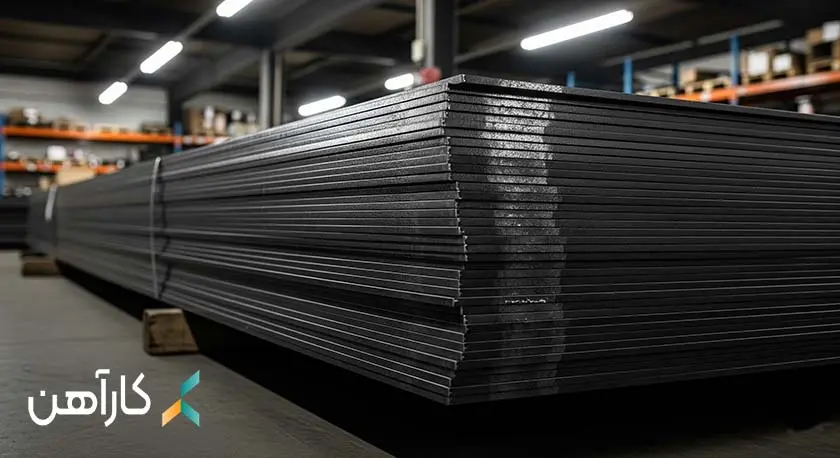
Rewritten Title:
“Steel Industry Insights: Debunking Common Myths About Black Steel Sheets”
Introduction: What Are Black Steel Sheets?
Black steel sheets, also known as hot-rolled carbon steel sheets, are a fundamental industrial product manufactured through high-temperature rolling processes. Unlike galvanized or painted sheets, black steel retains its natural dark oxide layer (mill scale), which provides limited corrosion resistance but requires additional protective coatings for long-term durability. Known for their mechanical strength, weldability, and cost-effectiveness, these sheets are widely used in construction and industrial applications, making them a preferred choice for engineers and contractors.
Debunking 7 Common Myths About Black Steel Sheets
Myth 1: Black Steel Rusts Immediately Upon Contact with Moisture
Reality: While black steel lacks anti-corrosive coatings, the mill scale acts as a temporary protective layer. With proper maintenance—such as painting, oiling, or powder coatings—black steel can withstand humid environments for extended periods.
Myth 2: Black Steel Is More Expensive Than Alternatives
Reality: Black steel is one of the most economical options compared to galvanized or stainless steel. Its affordability makes it ideal for budget-conscious projects without compromising structural integrity.
Myth 3: Black Steel Is Unsuitable for Outdoor Use
Reality: While less resistant to moisture than galvanized steel, black steel can still be used outdoors with protective treatments like anti-rust paint, epoxy coatings, or industrial oils.
Myth 4: Black Steel Cannot Handle Heavy-Duty Applications
Reality: Black steel boasts high tensile strength, making it a reliable choice for heavy machinery, load-bearing beams, and industrial structures. Its durability depends on chemical composition and production quality, not surface appearance.
Myth 5: Black Steel Is Difficult to Work With
Reality: Hot-rolled steel sheets are highly malleable, allowing easy cutting, bending, and shaping without cracking. Their excellent weldability also makes them ideal for construction and industrial fabrication.
Myth 6: Black Steel Lacks Flexibility and Weldability
Reality: Contrary to misconceptions, black steel’s hot-rolled nature ensures superior flexibility and weldability, making it perfect for complex metalwork and structural joints.
Myth 7: Rough Surface Indicates Poor Quality
Reality: The textured surface is a natural result of the hot-rolling process and does not affect performance. Quality depends on chemical composition, manufacturing standards, and testing—not surface smoothness.
Best Practices for Using & Maintaining Black Steel
- Apply primers, paints, or powder coatings to prevent rust.
- Store sheets in dry, covered areas away from direct moisture.
- Conduct regular inspections and repair coatings as needed.
- Use anti-corrosive treatments in harsh environments.
- Handle carefully to avoid damaging the mill scale during transport.
Conclusion: A Cost-Effective Industrial Staple
Black steel sheets remain a trusted, economical solution for diverse industrial and construction needs. By dispelling myths—especially regarding pricing and durability—businesses can optimize project efficiency while reducing costs. For expert advice and pricing inquiries, contact industry specialists for tailored solutions.
(Note: This article focuses solely on technical and industrial aspects, avoiding any political or sensitive content.)

